

PROJECT Circular Opendesk
Project Circular Opendesk is a collaboration with open source furniture company Opendesk. It explores how principles of Circular Economy can be translated into valuable services for the company.
ABOUT THIS PROJECT
Project Partner: Opendesk
Team: Andrea Fischer & Mariana Pedrosa
Date: March 2016 – June 2016, 16 weeks (full – time)
The project aims to re-think how products and service are initially designed with an end – of -life strategy by exploring the application of circular economy principles.
THE CHALLENGE
We live in an era in which consumerism dictates the way we live. We are seeing the catastrophic effects of what we call “design gone wrong” unfold before of our eyes. As designers we found ourselves before a paradox: 80% of the products we make are being thrown away in less than 6 months. This means then we as designers are failing.
If we don’t change the way we design our products and services, what will there be left?
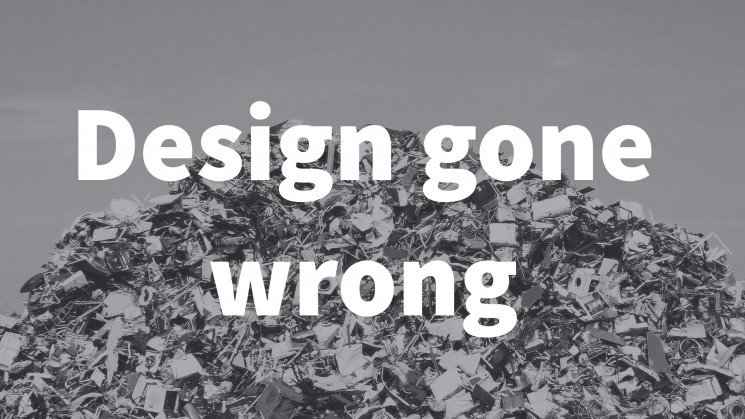
Design as a discipline is actually very well placed to champion a transition to a different economy. And the Circular Economy model was as the starting framework for our project.
So this is the challenge that we posed ourselves: how can we create a solution that will contribute to a circular economy? More specifically, how can we design a service that will allow this transition to happen. We decided to work within the waste from the furniture industry, specifically wooden furniture. Therefore, we decided to partner up with Opendesk and explore the application of circular economy principles to their company.
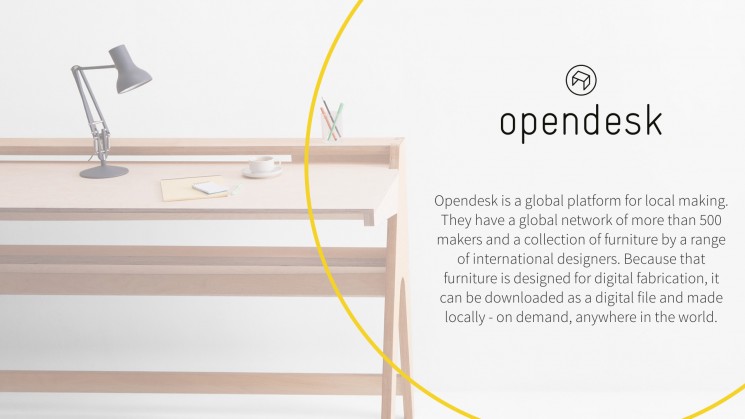
However, despite the peculiar way of making things, we asked ourselves: what happens with all that furniture at the end of life? Opendesk is actually by nature very well placed to be more circular, but there is currently no system in place.
This is a very exciting landscape for design and for the circular economy, because open source design allows resources to be shared and accessed much easier and faster, and it avoids environmentally damaging practices such as shipping wood around the world.
THE DESIGN PROCESS
Designing a circular service that no one would use would make little sense.
And making Opendesk more circular could take many tangents, but for the sake of our project we first held a kick off workshop with a core team at Opendesk and mutually agreed to focus on topics of design that were most relevant to the business.
Followed by a very interactive process where we allowed ourselves to fail as often as we could in order to come to a solution that has been iterated manyfold. Therefore, we held workshops with core teams at Opendesk, we interviewed both current and prospective customers of OD, as well as makers and leasing experts, in order to understand if the directions chosen were valuable for the users.
From all of our interviews and workshops, we got really great insights, and we refined our design direction and prototypes. We tested these prototypes and iterated them with the same people we interviewed, and we presented our final concept to Opendesk, which we called PROJECT Circular Opendesk.
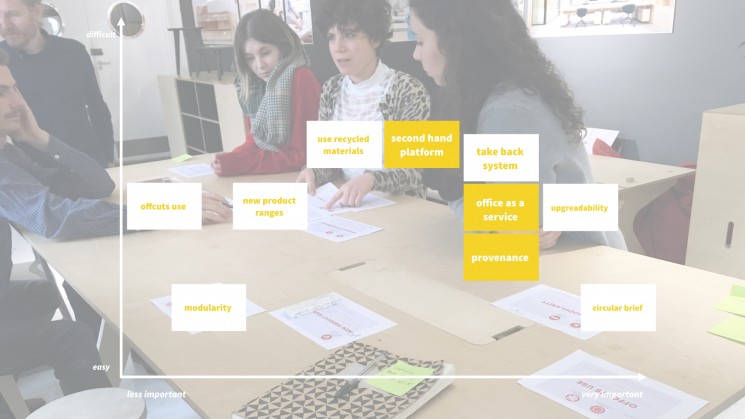
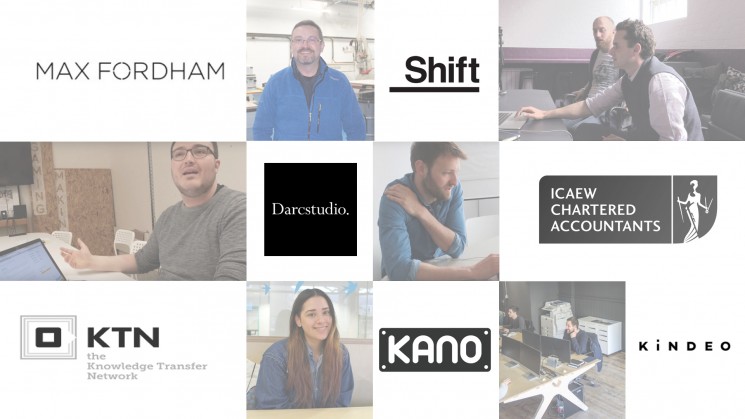

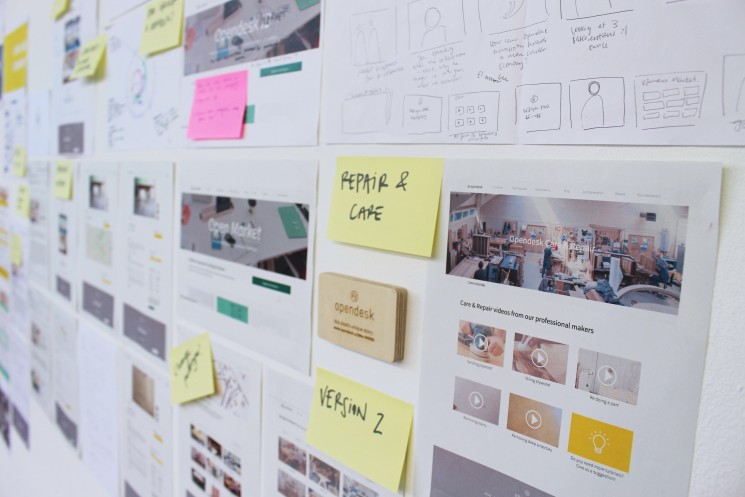
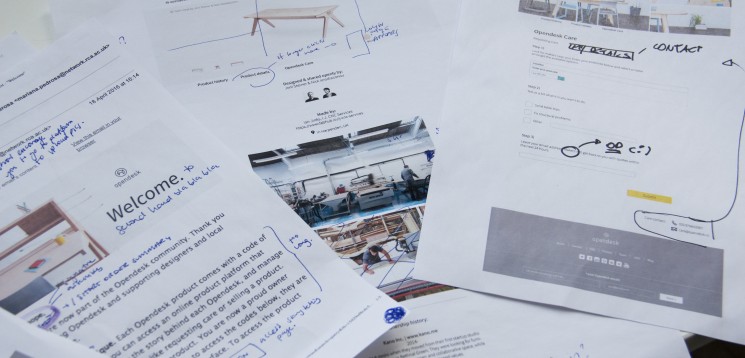
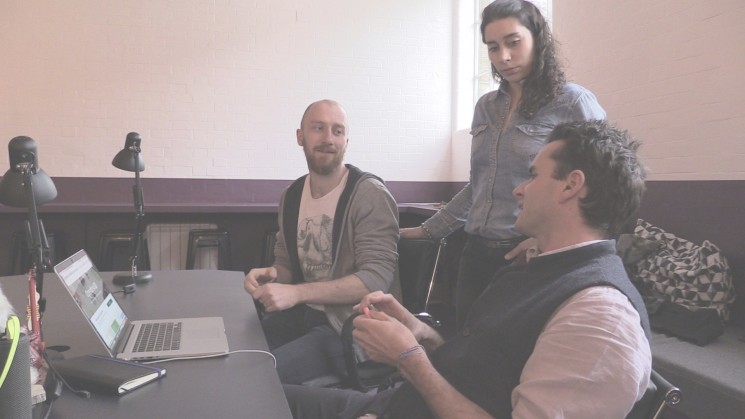
For a glimpse of our process, watch our behind the scenes video!
THE OUTCOME
We have designed 3 key interventions that will help Opendesk become more circular.
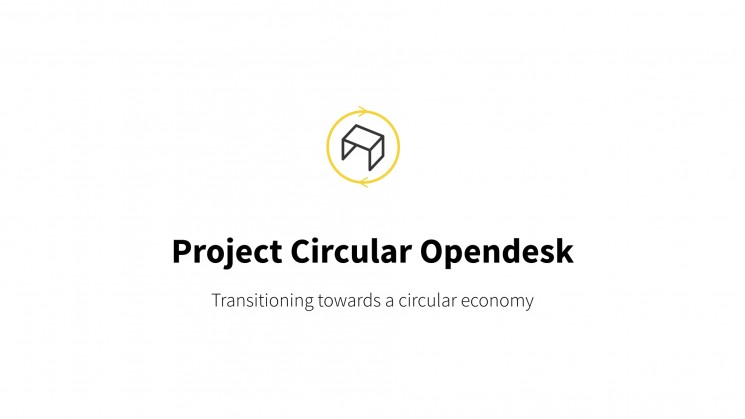
Design for product attachment: these are tagged products that unlock access to a digital platform. Here users can see where the products comes from, who has made it, when and where, and who has owned it before, amongst other things.
The provenance platform is currently being implemented. We designed the first tags for each product together with Opendesk, and the first products have live provenance pages. Please refer to: https://www.opendesk.cc/bko-000001 to see the first tagged desk provenance.
Design for longevity: Opendesk Care & After – a service to empower users to take care and repair their Opendesk product and / or request professional assistance from a maker nearby. For this we designed a hub with tutorial videos from professional makers to help people not only take care and repair their opendesks, but also for people around the world to reach the ultimate quality standard.
Design for reuse: OpenMarket – a quality assured, pre-loved product platform to extend the product’s life.
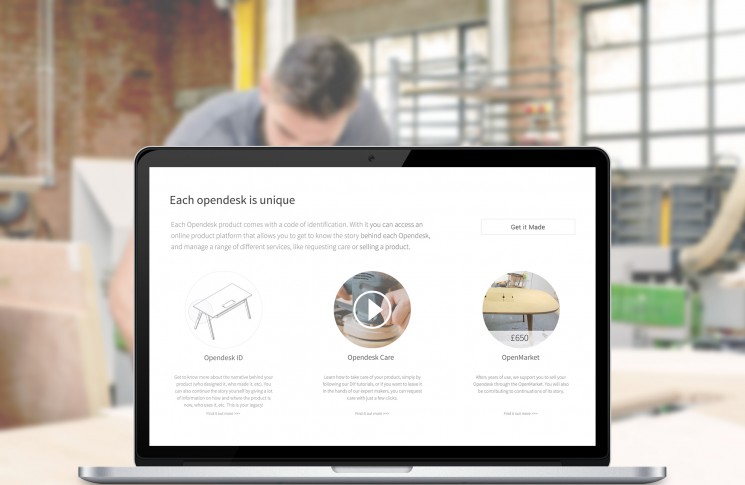
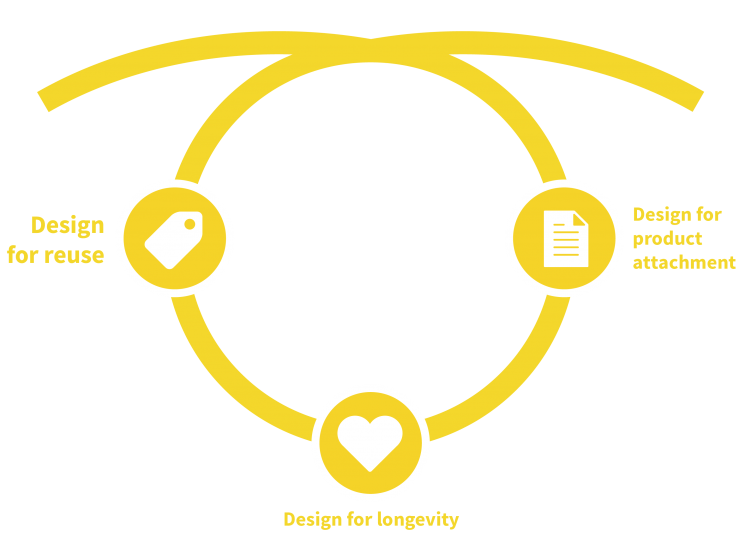
Project Circular Opendesk in a circular journey: read the history and play the videos!
[DESIGN FOR PRODUCT ATTACHMENT]
Imagine a CEO of a startup looking to buy new furniture for her office. She has heard about OD from friends before, so she decides to check it out. The idea behind these desks is appealing to her, as she leads a tech company and completely endorses the idea of open source.
In the OD website, she learns that OD also offers a set of other services, like a unique identifying code for each desk that unlocks a whole world of provenance, and the company will support her whenever she needs to get rid of the furniture. Handy, especially since landfill costs are currently at £84/ton. Convinced, she decides to buy some desks from the company, and after having made the payment, receives a confirmation email in her inbox.
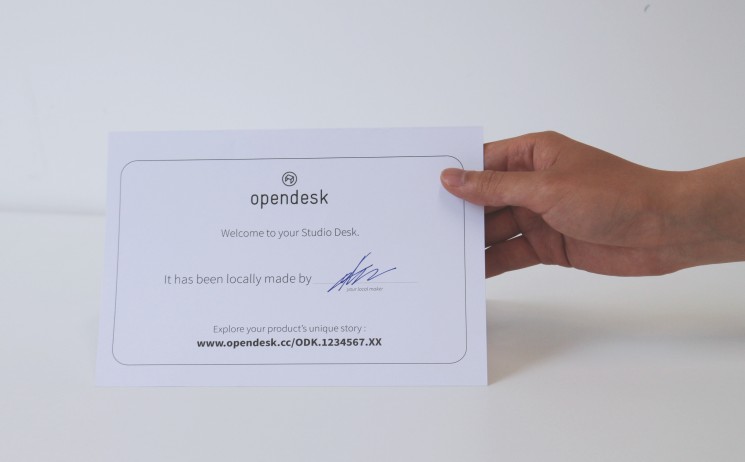
[DESIGN FOR LONGEVITY]
Now, let’s imagine two years have passed, and all that creative brainstorming, workshops and hard work have left their traces on the desks. Since they are natural wood, there are some normal signs of tear and wear. The CEO decides that she would like them to look like new again.
[DESIGN FOR REUSE]
Unfortunately, like many startups before, the CEO’s company fails and it’s time to sell all the assets as quickly as possible.
For updates on the progress of our project, please follow us on twitter @circulargirls.
We wrote a blog post about our project at Opendesk website, we can read more about it here.
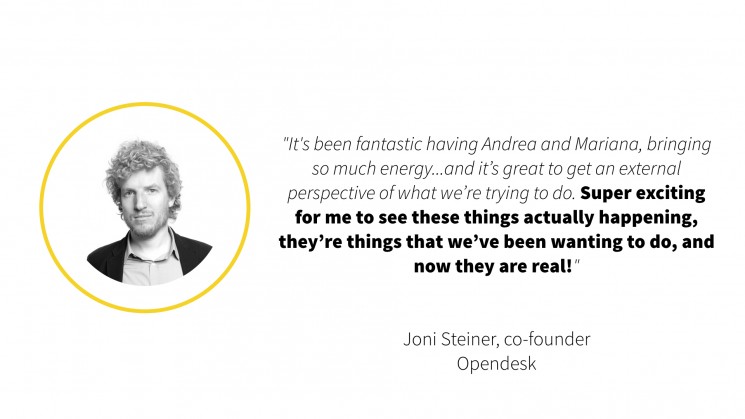
Want to see more?
Go back to projects page© 2024 Mariana Pedrosa
Designed by Estúdio Visio